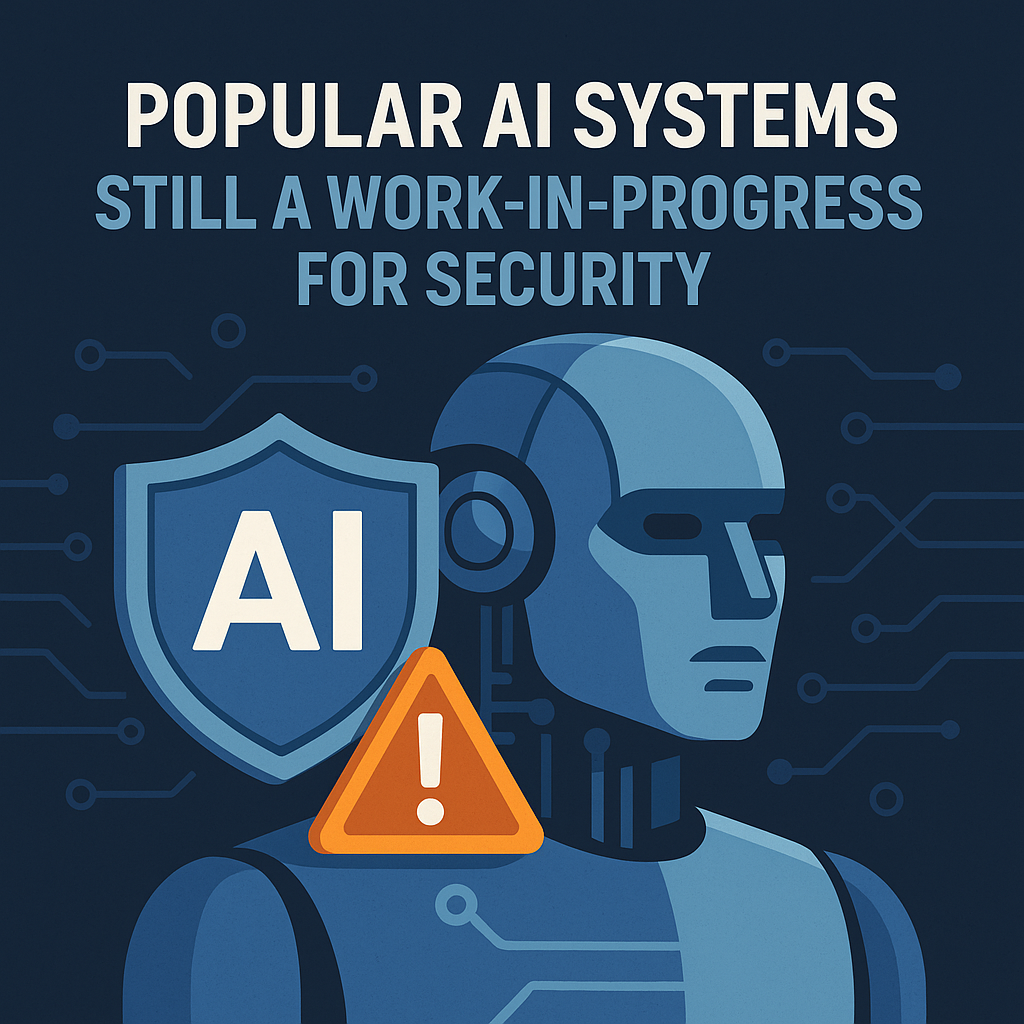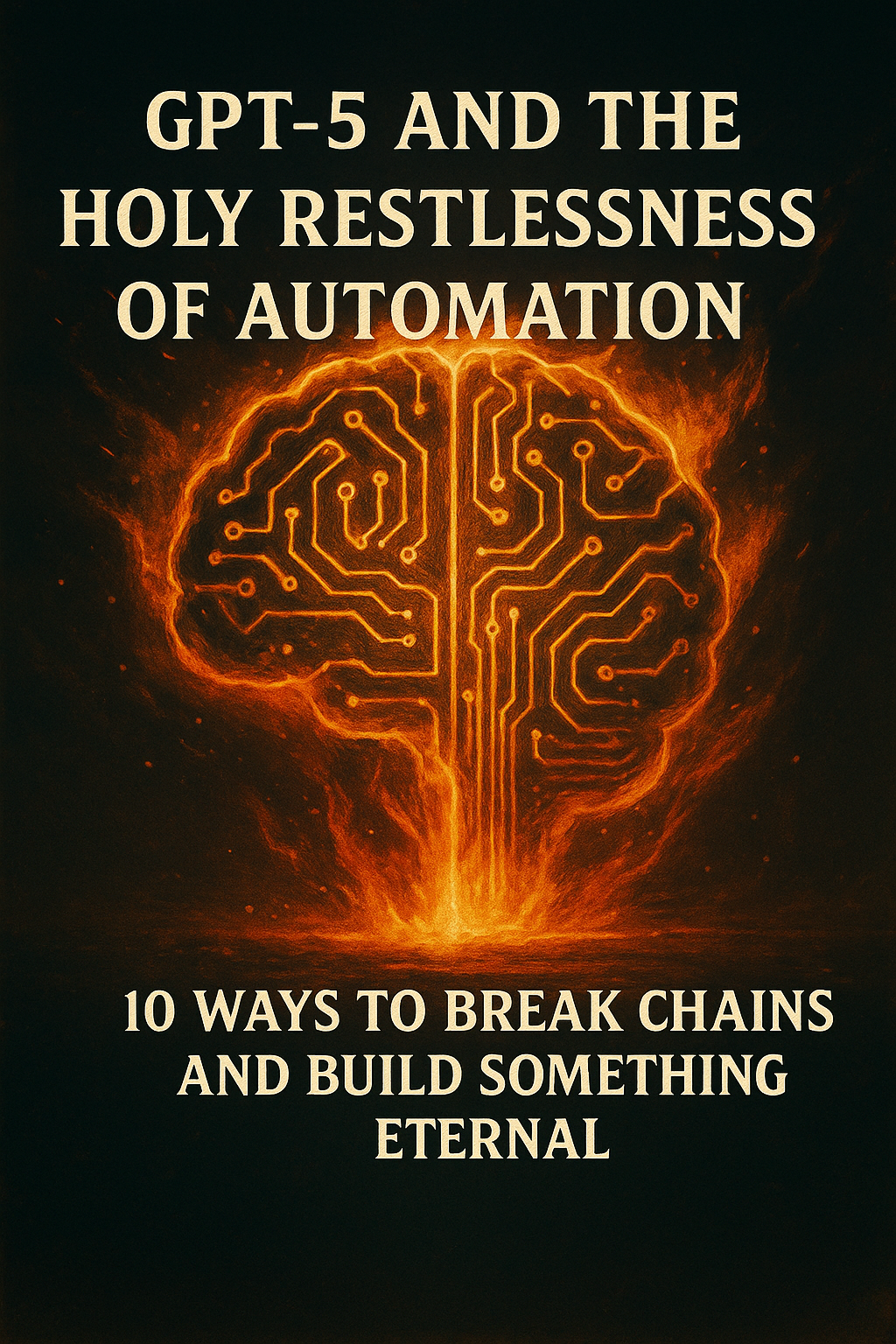Open Models Still Lag in Security—but Experts Show Us the Fix
Category: AI Security & Policy • Updated: August 13, 2025

Fresh analysis from Forescout confirms what many in the tech community have long suspected: open-source AI models still lag behind their commercial counterparts when it comes to security. Simply put, the promise of openness doesn’t guarantee safety.
Security Gaps in Open AI Models
According to the Forescout report, open-source AI—which includes popular models freely available online—is significantly underperforming in vulnerability testing compared to commercial and underground models. These open systems often lack rigorous protection layers such as input sanitization, sandbox isolation, and robust adversarial testing.
This presents a real challenge for developers: how do you leverage the transparency and flexibility of open AI systems without exposing yourself to high-risk vulnerabilities?
:contentReference[oaicite:2]{index=2}
A Promising Approach: “Deep Ignorance” for Safety
On a brighter note, a new technique called deep ignorance—developed by the UK’s AI Security Institute together with EleutherAI—may offer a practical path forward. By stripping dangerous content related to bio-risks from open-source training datasets, they managed to maintain general performance while significantly improving safety in sensitive domains.
Performance loss was minimal, and computing demands increased by less than 1%, pointing toward a future where safer AI may not mean less capable AI.
:contentReference[oaicite:3]{index=3}
Bridging Defense with Security Tools
Adding to the urgency, companies like Google are stepping up with AI-driven cybersecurity tools. Their new platform, Big Sleep, successfully discovered a serious vulnerability (CVE-2025-6965) in SQLite, showcasing how AI can detect hidden threats. Other tools like Timesketch with AI-enhanced analysis and insider threat detection like FACADE are keeping security teams a step ahead of fast-moving risks.
:contentReference[oaicite:4]{index=4}
What This Means for the AI Ecosystem
The widening security gap between open-source and commercial AI models carries bigger implications:
- Risky experimentation: Hackers can weaponize vulnerable open models for misinformation, hijacks, or hidden malware.
- Barrier to trust: Enterprises and governments may limit open AI adoption unless safety becomes clearer by design.
- Uptick in introspection: We’re seeing growing demand for built-in safety protocols—even from respected open-source advocates.
Spotlight — Building a Secure AI Workflow
Want to launch AI-related content or tools without falling into security pitfalls? Start with a secure, high-performance host. I recommend Hostinger—fast, cost-effective, and reliable. It gives you peace of mind to focus where it matters most.
Start your AI journey with Hostinger
Key Insights at a Glance
| Key Point | Takeaway |
|---|---|
| Open AI Security | Still fairly weak compared to commercial models |
| Deep Ignorance | Promising strategy for safer AI training |
| AI for Cybersecurity | Already effective in detecting real-world threats |




